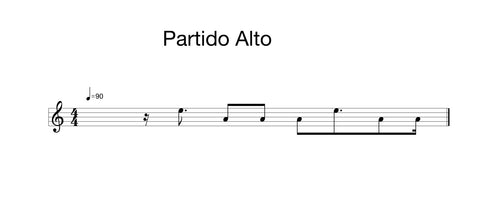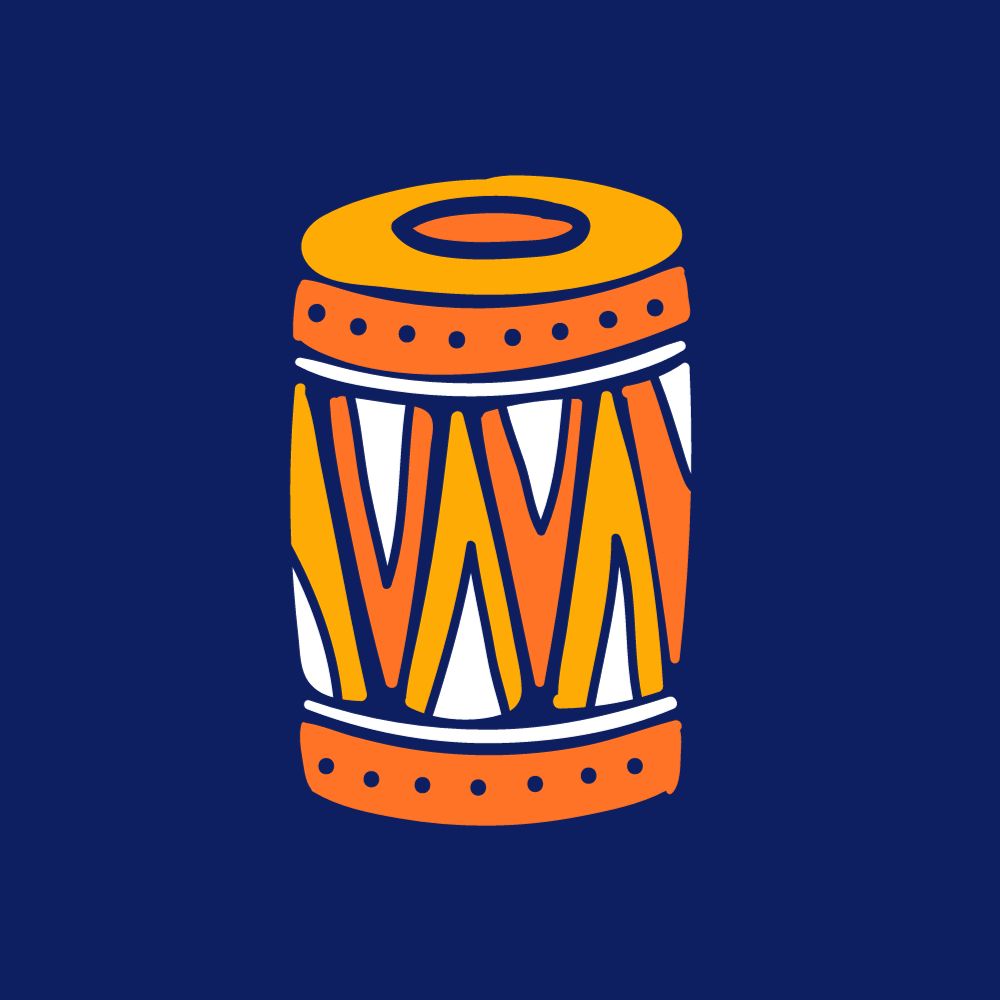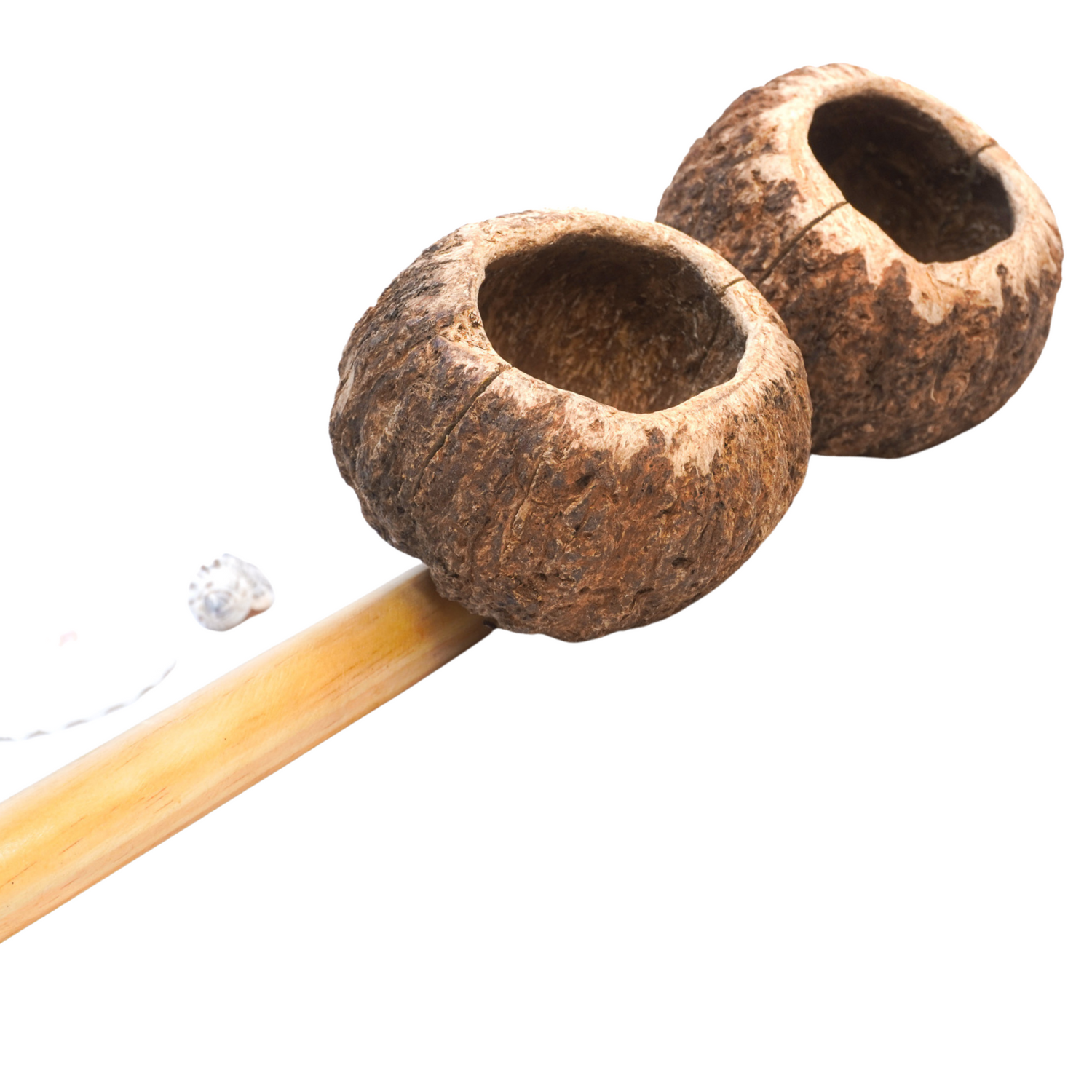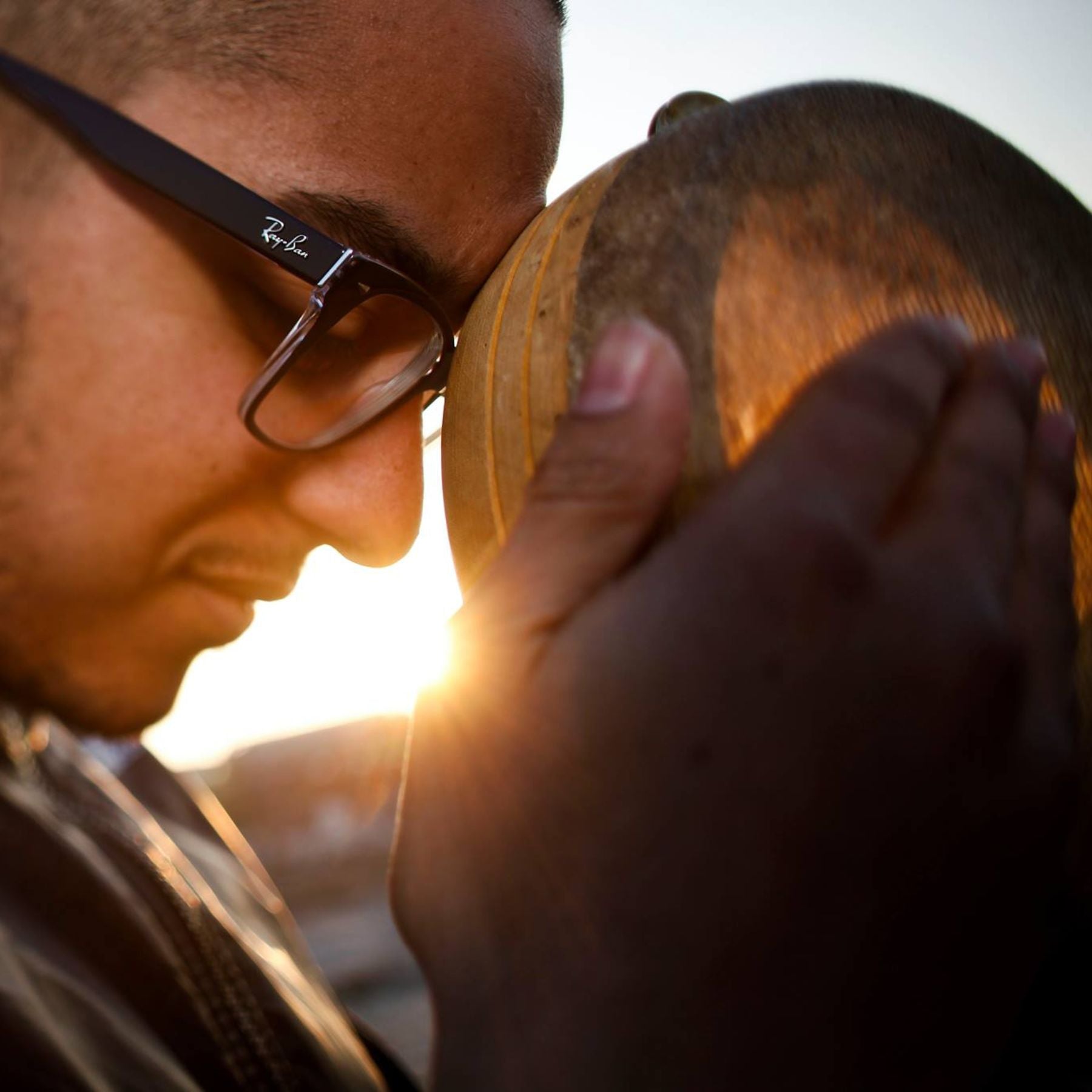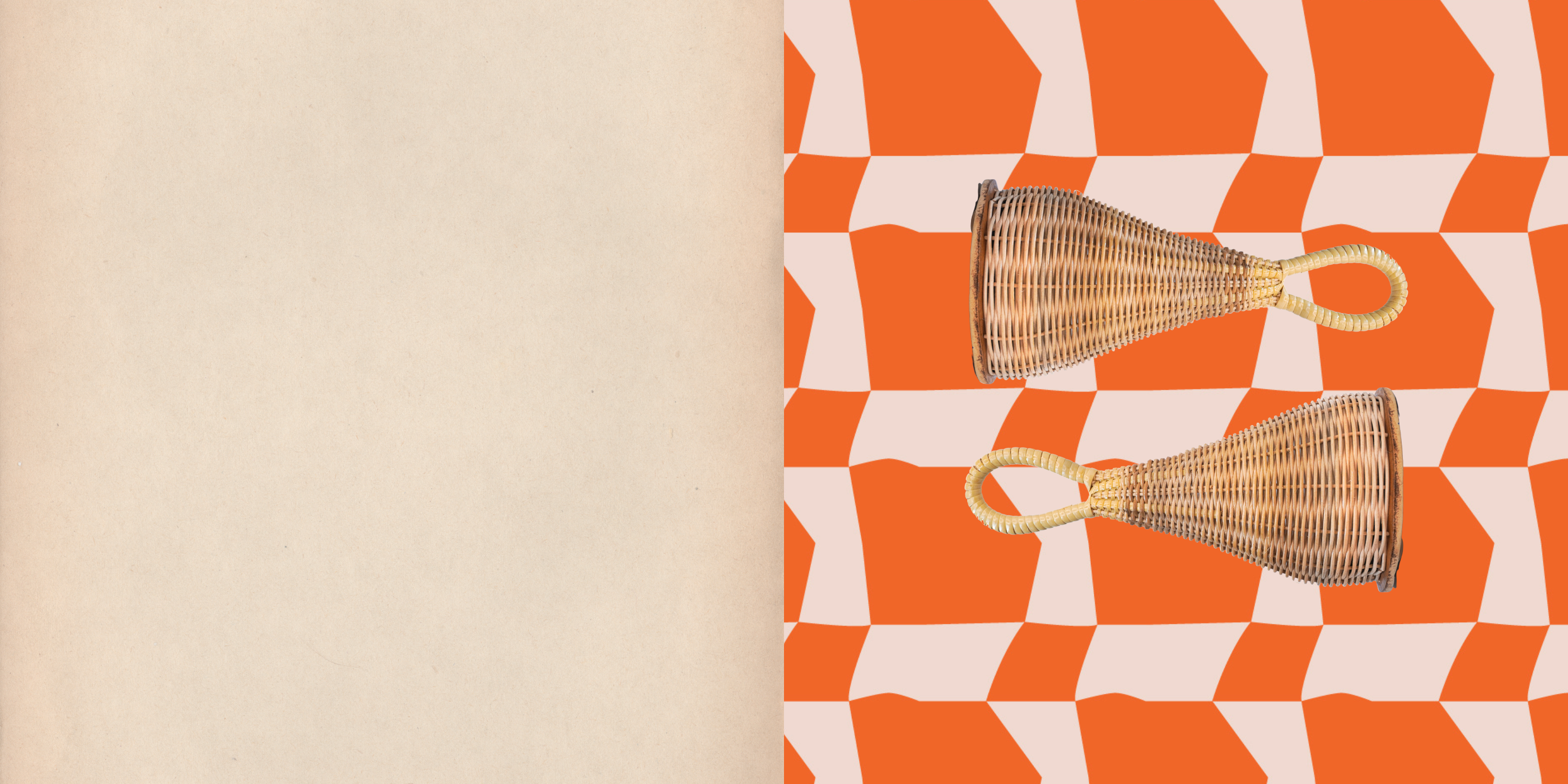Agogo - origin and history
The Agogo , also known as the Agogo Bell, is a handy percussion instrument consisting of two or more bells placed closely together. These bells are made from metal or natural materials such as nuts or wood and produce clear, bright tones when played with a mallet. The origin of the agogo goes far back into the history of African music , where similar instruments such as the "Gankoqui" or the "Ewe Agogo" have been used in traditional ceremonies and festivals for centuries.
Agogo Bells in different cultures
In Europe we mainly know the agogo as a Brazilian instrument from samba and capoeira music. We also see versions of the agogo in pop and jazz, such as in Jamiroquai percussionist Sola Akingbola 's setup. On the Jamiroquai album "Synkronized" (1999) you can hear some nice Agogo figures, especially on the track "Use the Force" from Jamiroquai's successful record "Travelling without moving" (1996).
Of course, you can always hear agogo figures in Brazilian popular music recordings. The recordings by Carlinhos Brown, for example, would be recommended here.
Djembe master Mamady Keita says about the bells on the dundun (bass drums), they make the musicians and dancers very excited. The same can be said about the Agogo instrument.
Which pronunciation is actually correct?
The correct Brazilian spelling is Agogo. The last “ ô” is spoken a little longer. Roughly: Agogoo.
Agogo Bell Pattern:
Here are some well-known, traditional rhythms played on Agogo Bells. Have fun with it!
Maracatu Agogo Pattern
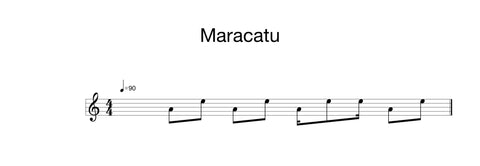
Ijxexá agogo rhythm
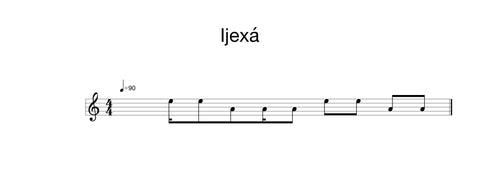
Partido Alto rhythm on Agogo
